On May 7th, at 11 a.m. in front of Macy’s on State St., artists and friends will hand out postcards commemorating the late street artist activist, Chris Drew.
This follows a memorial for Drew, who died a year ago, that was held on April 28, and is prior to the release of a documentary about how his fight for street artists evolved into a winning crusade against the Illinois eavesdropping law that made it a felony to record audio of police on duty. Though the Illinois Supreme Court put a permanent injunction on the enforcement of the law, restrictions on street artists remain, and Drew’s work is unfinished.
Drew, who was homeless when he arrived in Chicago, became the founder and Executive Director of the Uptown Multicultural Arts Center (UM-CAC.) He was also active in Critical Mass, screening maps of the rides and selling them for $1.00 to participants who could pin them to their sleeves while they rode.
Drew was an outspoken advocate for allowing individual artists to sell their work in public spaces, asserting that selling art in public places is a form of free speech. Across the country and world, except in Chicago, artists routinely support themselves by selling art on the streets of major cities.
[pullquote]Get the details of Drew’s initial run in with police and Anita Alvarez[/pullquote]

Drew’s art was intertwined with free speech, as art often is, because he chose to create T-shirts and small silk-screened “art patches” that used political images or statements. In a letter to the Beachwood Reporter, Drew stated the case for street artists in terms of how the restrictive regulations prevent artists from being recognized as entrepreneurs, not beggars. His attempts to get arrested for selling street art on the public way on North State Street in front of Macy’s ended in a dramatic arrest on May 7, 2012.
Cook County Assistant State’s Attorney Anita Alvarez was the Prosecutor.
Instead of being charged for peddling without a license, Drew found himself facing a felony charge for audio recording his own arrest. Chris and his supporters were surprised by the charges, as were Channel 2 News, Derrick Blakely; WBBM 78AM Radio, Debra Dale; NPR, WBEZ; and the The Chicago Reader, to name a few.
According to Nancy Bechtol, an artist and videographer from Chicago, Drew set out to “challenge a 1994 Chicago Ordinance which equates artists as non-speech peddlers. As Chris puts it, “Art is Speech” and selling it is not the same as selling socks or watches. Prior to this ordinance, artists could be found selling their art in downtown Chicago. The legendary Lee Godie, a naïve artist, would sell drawing and painting in front of the Art Institute in the ’80s, as other artists would be seen around downtown as well.”
The year after Godie’s death, street artists were regulated as if they were selling goods, not art.
In his own words to The Beachwood Reporter, Drew described the problem eloquently talking about one street artist today he wrote: “The homeless have won their First Amendment rights to meet the public in Chicago while artists have not. In the few marginalized areas of Chicago where the peddlers license allows her to sell, she is not joined by other artists in a vibrant street arts scene. The public sees her as a lone figure against a bleak cityscape and pass on by. She is unable to survive, as she should, by her art in Chicago because street art culture has been killed by unfriendly laws and prohibitive park policies.”
Today, the term street art often means posters or paintings on walls and graffiti or what is called post-graffiti, as well as objet d’art, paintings, jewelry, clothing, that isn’t attached to physical or public places.
Hear about how Chris Drew and his screen printing supported artists
[soundcloud url=”http://api.soundcloud.com/tracks/90874656″ params=”” width=” 100%” height=”166″ iframe=”true” /]
Alan Schwartzman, in his book, Street Art, writes, “‘Street’ artists do not aspire to change the definition of an artwork, but rather to question the existing environment with its own language. They attempt to have their work communicate with everyday people about socially relevant themes in ways that are informed by aesthetic values without being imprisoned by them.”
In most major cities across the U.S. and around the world, street art is a recognized form of expresion, a vibrant part of the life of the city and commerce, and a source of income for artists commerce.
Street artists in other cities set up booths or just pull out their wares and sell their work where people walk, congregate, or go for entertainment. In San Francisco, “…street artists working for themselves and making a living by their own hands” can participate in a lottery for spaces on the main commercial streets, where they can sell their art.
In Seattle, street art is prized, and Seattle street art features collections of photos of the street art and artists for sale.
In New York, artists had to wrangle with city officials to stake a claim to areas of the public streets where they could sell their art. Street artists in NYC obtained court rulings through a series of ARTIST lawsuits. Robert Lederman has created a listserv and legal guide for selling street art in New York City.
Now in NYC according to Lederman, “those selling visual art on public property in NYC now have the exact same Constitutional protections as someone selling a book or a newspaper. This means they are no longer required to have a vending license or Parks Department vending permit.” Artists can sell art if they don’t use what is termed a “vending stand,” which might be a table, rack or structure. For an artist who sells their art from their hands, or wears or otherwise carries their art, there are “no restrictions on time, distance from a door or which streets we can sell on.”
The Amsterdam Street Art (ASA) Foundation was founded in 2010, and initially started by Nicole Blommers and Jarno Gnirrep in 2009. Their idea was to give street art its recognition in Amsterdam and create an event to promote this. It was soon named Project Amsterdam Street Art. The ASA’s ambition is to bring Amsterdam to a same level as London, Paris and Barcelona, where street art is already being recognized as a form of art, according to their website.
[pullquote]A look at street art that of the graffiti style from CNN.[/pullquote]
The street artists and supporters who will be passing out postcards by Macy’s on Tuesday are looking to continue what Chris Drew began, and reinvigorate the street art situation in Chicago.


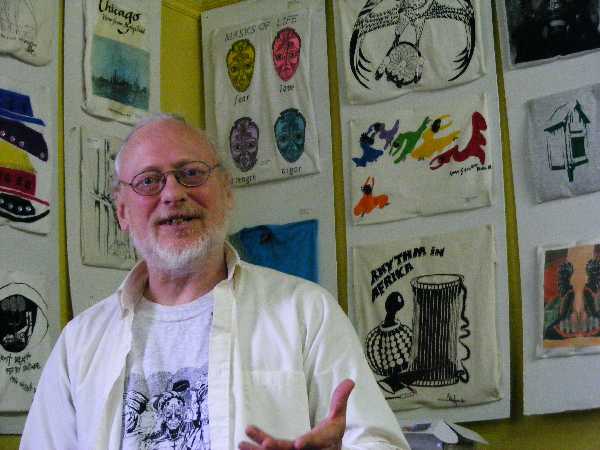
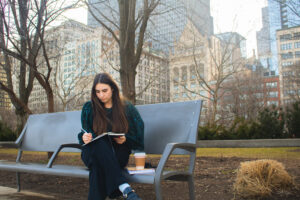

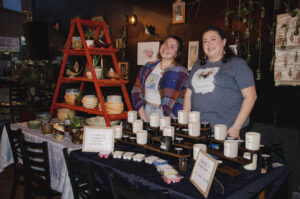
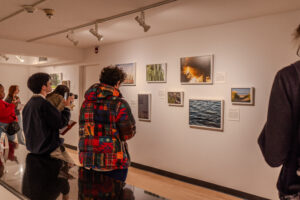
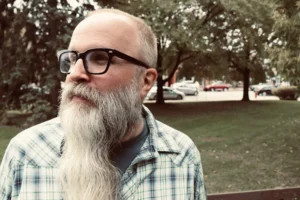










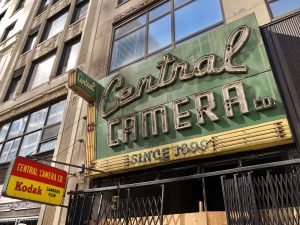

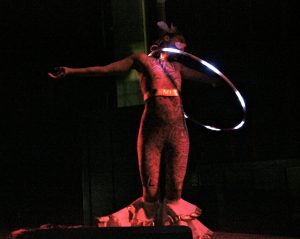

Be First to Comment